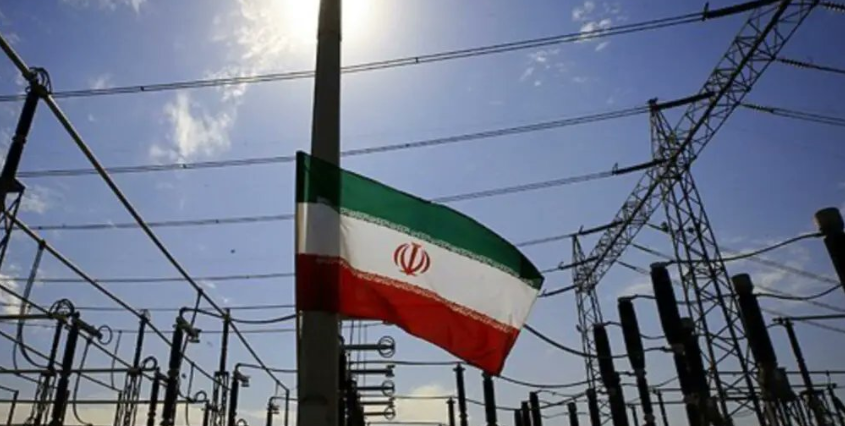Iran is currently enduring an intense heat wave, prompting authorities to take drastic measures, including shortening operational hours at various facilities on Saturday and mandating the closure of all government and commercial institutions on Sunday. The extreme temperatures have led to a surge in heatstroke cases, with over 200 individuals seeking medical treatment, and some requiring hospitalization.
WORLD WORST HEAT WAVE EVER
Absolutely insane heat in Middle East: IRAN
Yazd 1230m min 33.6 max 46.1 Hottest day ever in the world at 1200m
47.8 Khor 842m
Unbelievable record 44.3 Esfahan 1550m aslNIGHT MINIMUMS up to 40C in OMAN and 37.7C in the EMIRATES mountains ! pic.twitter.com/11eec6gqW4
— Extreme Temperatures Around The World (@extremetemps) July 27, 2024
In Tehran, the capital, temperatures ranged from 37°C (98.6°F) to 42°C (107°F). The state-run IRNA news agency reported that banks, offices, and public institutions across the country would close to protect public health and conserve energy, with exceptions made only for emergency services and medical facilities.
Babak Yektaparast, spokesperson for Iran’s emergency department, confirmed that 225 people were treated for heatstroke, with a number hospitalized due to severe symptoms. The Mehr news agency also noted that Sadegh Ziaian, an official from the National Meteorological Organization, recorded temperatures surpassing 45°C (113°F) in ten provinces. The hottest temperature was 49.7°C (121°F), recorded in Delgan, a city in the southeastern Sistan and Baluchistan province near the borders of Pakistan and Afghanistan. Ziaian mentioned that while a slight drop in temperatures was expected by Monday, it wouldn’t signify a significant cooling.
A heat wave blanketing Iran has forced authorities to cut operating hours at various facilities Saturday and order all government and commercial institutions to shutter the following day as hospitals receive over 200 people for heatstroke treatment. #iran pic.twitter.com/8cV9jME16Z
— Nasir Chaudhry (@IM_CNH) July 27, 2024
Authorities further reduced working hours on Saturday in many regions due to the oppressive heat. Reports indicated that Tehran experienced temperatures exceeding 40°C (104°F) since Friday. Media outlets also cautioned residents to remain indoors until 5 PM local time to avoid the worst of the heat.
Electricity consumption reached unprecedented levels, hitting 78,106 megawatts on Tuesday as people attempted to stay cool amidst the sweltering conditions. Nournews, a source close to Iran’s Supreme National Security Council, highlighted that Iran’s temperature increase rate is double the global average, with the country warming by 2 degrees over the past 50 years.
An unprecedented heatwave has gripped Iran. All gov offices & banks will be closed tomorrow. Some regions are experiencing temperatures well above 50C. Iran has no recorded heatwave deaths as aircons take a huge chunk out of the power supply, which has peaked over the past week. pic.twitter.com/AOMnpdhv3G
— Siavash Ardalan (@BBCArdalan) July 27, 2024
This severe weather event follows a similar situation last year when Iran declared a two-day nationwide holiday due to soaring temperatures. The current heat wave underscores the growing challenges Iran faces in managing extreme weather conditions.
Major Points
- Iran is experiencing an intense heat wave, leading to shortened working hours and a nationwide shutdown of government and commercial institutions.
- The extreme heat has caused over 200 heatstroke cases, with several individuals hospitalized.
- Temperatures in Tehran reached between 37°C (98.6°F) and 42°C (107°F), while Delgan in the southeast recorded 49.7°C (121°F).
- The country saw a record electricity consumption of 78,106 megawatts as residents used cooling systems.
- Iran’s temperature has been rising at twice the global rate, highlighting the growing challenge of extreme weather events.
TL Holcomb – Reprinted with permission of Whatfinger News







